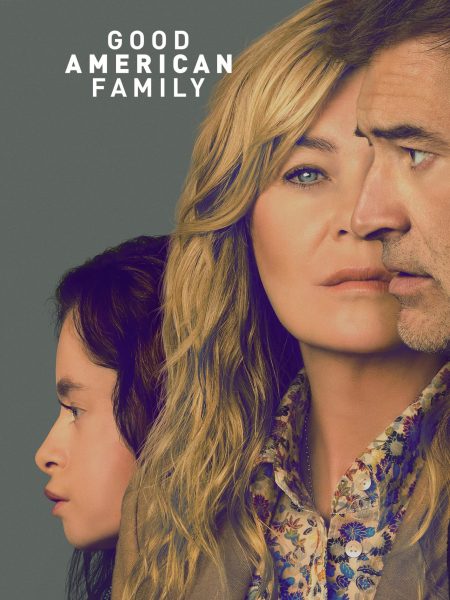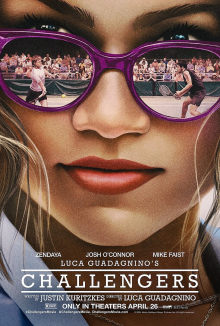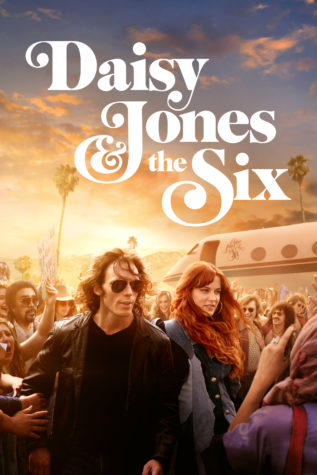“Glass Onion”: Shifting the significance of masks in movies
Glass Onion addresses COVID-19, using masks as a strong characterization device.

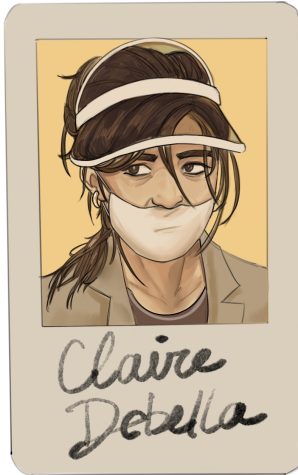
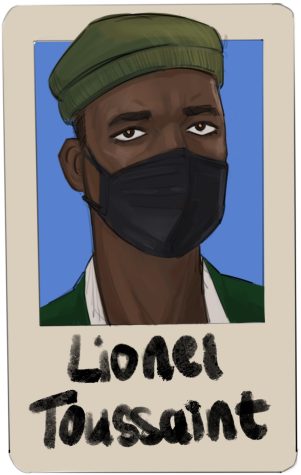 In the past, masks in movies have been used to communicate unrevealed depths of characters or evilness that is too terrifying to be looked at directly—examples include Darth Vader and Micheal Meyers. However, in a post-pandemic world, masks also serve as a tool for the audience to get an immediate read on a character based on their own preconceived notions. This is the case in Rian Johnson’s recently released “Glass Onion,” a sequel to the popular detective film “Knives Out” which came out a mere three years before. One unique aspect of the film, which is set during the pandemic, is the use of face-masks in one of the opening scenes of “Glass Onion”.
In the past, masks in movies have been used to communicate unrevealed depths of characters or evilness that is too terrifying to be looked at directly—examples include Darth Vader and Micheal Meyers. However, in a post-pandemic world, masks also serve as a tool for the audience to get an immediate read on a character based on their own preconceived notions. This is the case in Rian Johnson’s recently released “Glass Onion,” a sequel to the popular detective film “Knives Out” which came out a mere three years before. One unique aspect of the film, which is set during the pandemic, is the use of face-masks in one of the opening scenes of “Glass Onion”.
“Something I just think all of us experienced [was] the notion of defining people’s personalities based on their choice of mask wear,” director of Netflix original movie “Glass Onion” Rian Johnson said in an interview with Vanity Fair.
Johnson shared that he wrote Glass Onion in 2020, when society was dominated by COVID-19. Through crafting each character’s personalities, Johnson described how he and costume designer Jenny Eagan were able to build a wardrobe that incorporated masks, which were only used in a less-than-five-minute scene, in order to fully convey the personality of each character.
Though used in a short scene, Johnson himself acknowledged that directing with masks added a new level of difficulty when it came to connecting to the actors while filming.

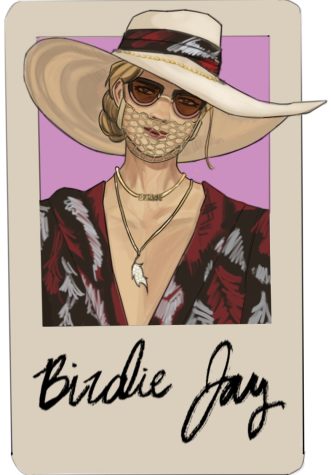
“Being an audience for the actors is such a huge part [of filming]; literally just seeing you smiling at a joke they’re doing or laughing or being back behind [the camera]. So it’s very tough with a mask,” he said in his interview with Vanity Fair.
The simplicity of giving each character defining masks allowed the audience to take in the characters under their own stereotypes and gain a fuller grasp of the person they were watching on the screen. For example, Birdie Jay, played by Kate Hudson, arrives in the scene wearing a metal mesh mask, a clear nod at the controversy Lana Del Rey stirred when she wore the same. For many audience members, this immediately made them either resent her or celebrate her rebellion to the mandates of proper masking. Her character is quickly defined as being an ignorant celebrity, which makes her either loved or hated by the viewers.

The introduction of masks into media, including movies not just based upon pandemics, has only begun. However, it will surely continue into the next era of filmmaking. While “Glass Onion” is by no means a film about the pandemic, it uses a three minute arrival scene to set the time period of the movie, and allows other scenes such as Birdie’s huge party and Claire’s passing jokes about her failed political career to relate back to the pandemic era. In this regard, the movie does not use the masks solely to serve the purpose of referencing the pandemic, but also in order to ground the audience in the reality of the somewhat outlandish movie in hopes of it hitting home.
The future of masks in Hollywood is still up in the air, but as more movies are set in the era of the pandemic, there is no avoiding the reality of face coverings. Yet directors and producers must do what they can to make the best out of this, taking a page—or rather scene—out of “Glass Onion” and using masks to help the audience further connect with the characters they are seeing on screen.



